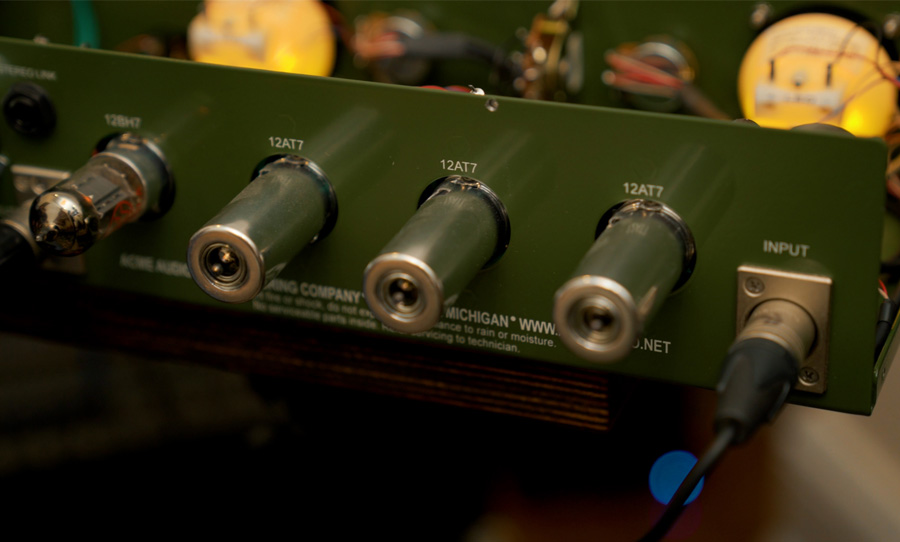In our latest Engineering The Sound we take an in-depth look at the ACME Opticom Model XLA-3, a modern take on the classic optical compressor
ACME is a company started by audio engineer Al Sutton, out of Detroit USA. Back in 2010 the Opticom was his first mass produced piece of equipment – in the proceeding time he’s made a whole realm of vintage Motown inspired outboard pieces, from EQs, to DIs, to preamps.
The Opticom has been so successful it’s also inspired a 500 series version AND a plugin, and today we’re working with the MKIII rack version.
Optical compressors are an early design in the scheme of compressor history, and with Opticom based sort of around the legendary LA2A; let’s have a very quick look at the history of this style of compressor.

The optical compressor was invented by radio technician Jim Lawrence in the late 1950s as a way to control the amount of signal he had going to air.
He discovered an approach to limiting audio signal using the optical sensor cells he’d worked with in the military in the design of the Titan missile.
He founded the Teletronix company, and made the T4 photoelectric sensor, and put it inside his new design, the LA-2, which shortly after became the LA-2A.

The Opticom doesn’t rely on the old school methods used in the T4 sensor; instead of an electroluminescent panel triggering a cadmium-sulphide light dependent resistor, we’ve got a faster, much more modern take.
This time you’re not stuck with the older, single speed of an LA-2A, and instead it’s three pairs of modern Cadmium Selenide photo cells, one set for each of the circuit speeds, slow, normal, and fast.

It’s a beautiful utilitarian green unit, reflecting the military spec switches and knobs within. Across the back it’s setup kinda like a pultec EQ, in that the valves are accessible for changing across here, and it’s better ventilation too.
Guess you’ve just gotta be careful reaching into the back of your racks. There’s 3 12AT7s and a single 12BH7 back here, and I haven’t quite figured out where each lies in the chain just yet. There’s also a cinemag transformer on the input and a triad transformer on the output.

Across the front it’s an incredibly simple unit for operation. An input gain knob that controls how hard you push your source into compression, and an output gain knob for make up.
Between these we’ve got a response switch, for fast, normal, or slow speeds. Over to the left you can switch in a stereo link if you’ve got a pair of these, and toggle between input and output monitoring on this pretty VU, whilst the other VU is always gain reduction.
And to the right here we’ve got a switch for selecting between in, bypass (or out), and a third setting for using this thing just as an amplifier, skipping the compression section.

As it’s an optical compressor, it’s a little non linear and curvy, but that’s kinda why you reach for this kind of compressor. It’s definitely got character, and control, and that’s probably what you’re expecting.
Slow is a little more mellow, flapping way behind the transient, normal is faster and more squishy coloured, and fast really imparts some beautiful harmonic character onto whatever you run into this box.
The manual describes the tones pretty poetically, with the slow setting having, smooth highs, fat mids, foggy lows, medium having, leveled highs, pumped mids, blurry lows, and fast sounding like hammered highs, leathery mids, distorted lows.

And there we have it, the ACME Opticom Model XLA-3, a vintage inspired, modern take on the optical compressor, kinda like a turbocharged LA-2A, with a rich, harmonic sound.
It’s not gonna completely beat the front end your transients down, but anything you run into it is gonna be thicker and sweeter, with a nice old school harmonic charm.
Now, these things aren’t cheap, but they sound great. They retail for around 4200 AU.
Check out the video above for the full walkthrough and demo of the ACME Opticom XLA-3
And head over to their website for more info.



